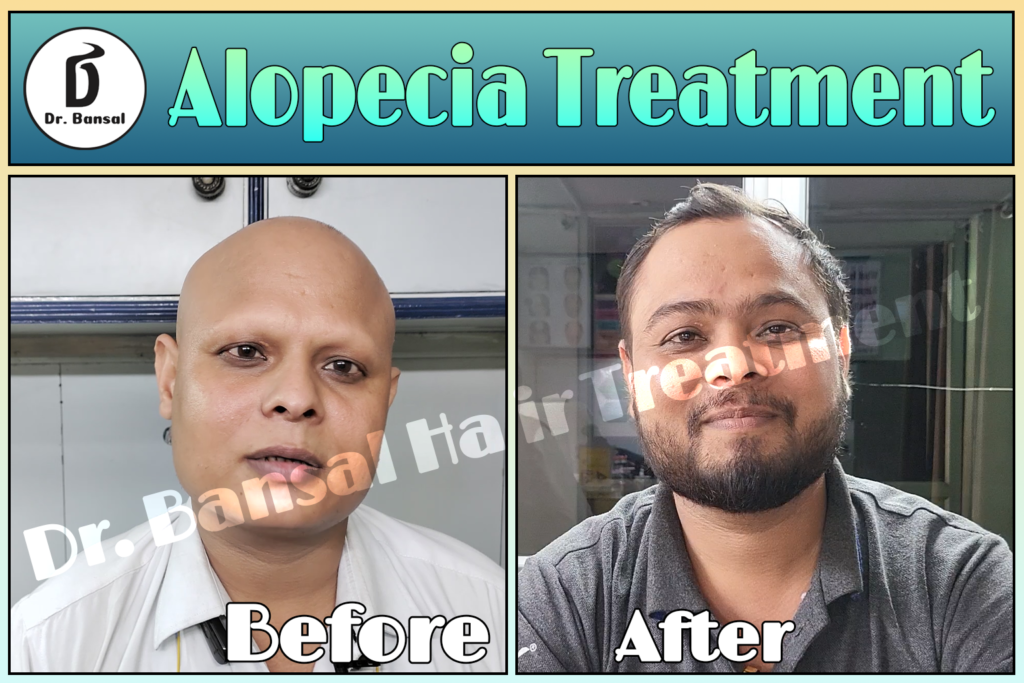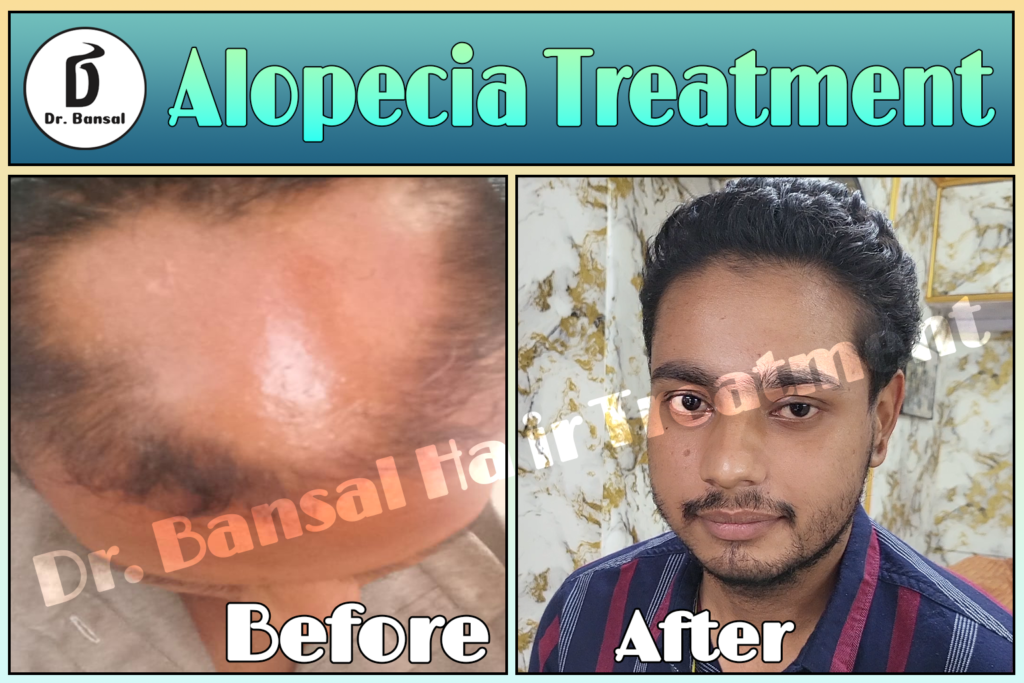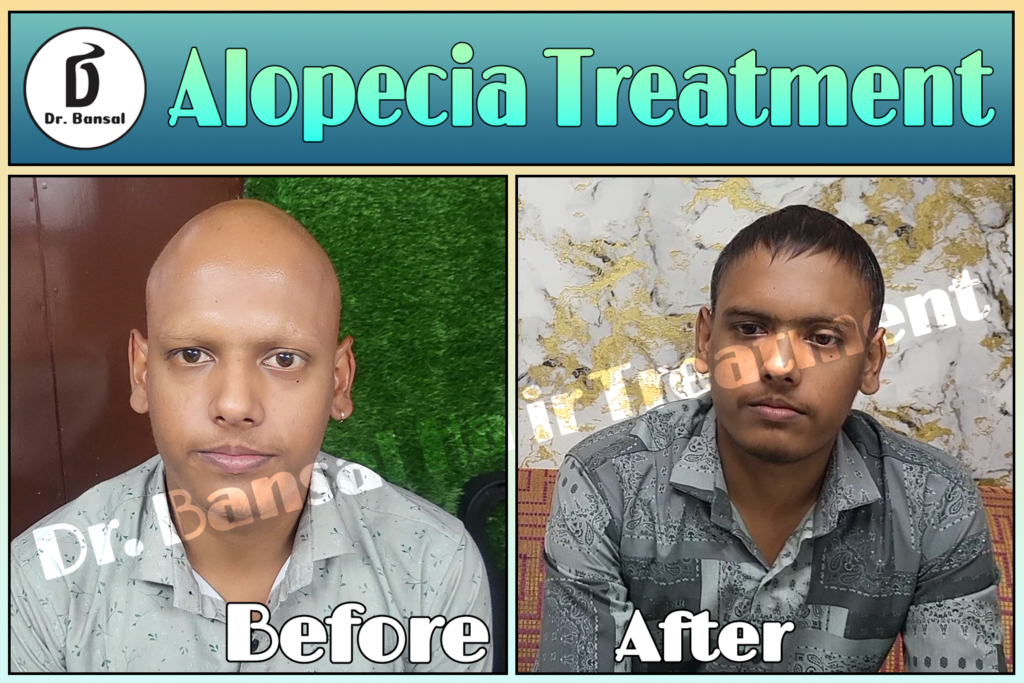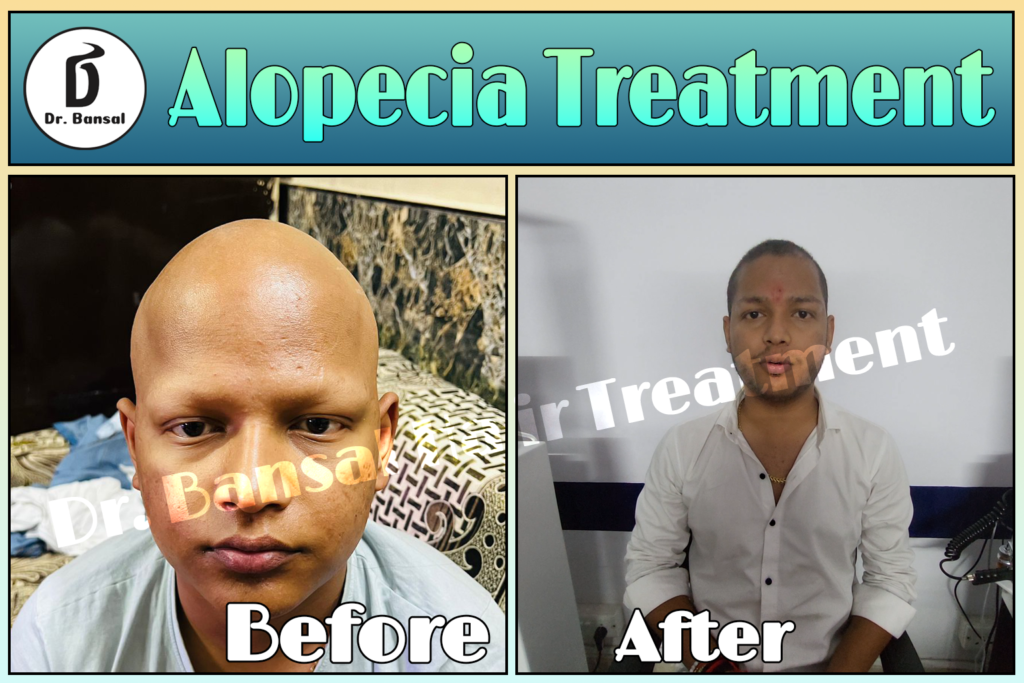Hair Restoration by Dr. Bansal: A Comprehensive Overview




Hair loss is a common issue that affects millions of people worldwide, leading to diminished self-esteem and confidence. While there are numerous options available, finding a reliable and effective solution can be challenging. This is where Dr. Bansal, a highly respected figure in the field of hair restoration, steps in. With years of experience and a patient-centered approach, Dr. Bansal offers state-of-the-art hair restoration techniques that restore not only hair but also confidence and self-image.
Thank you for reading this post, don't forget to subscribe!Understanding Hair Loss
Before delving into the specifics of hair restoration, it is essential to understand the causes and types of hair loss. Hair loss can occur due to various reasons, including genetics, hormonal changes, medical conditions, nutritional deficiencies, and stress. The most common type of hair loss is androgenetic alopecia, also known as male or female pattern baldness, which typically results from genetic predisposition.
Other types of hair loss include:
- Alopecia Areata: An autoimmune condition where the body’s immune system attacks hair follicles, leading to round patches of hair loss.
- Telogen Effluvium: A temporary hair loss condition that can occur after stress, trauma, or significant life changes.
- Traction Alopecia: Hair loss caused by excessive tension on the hair, often from hairstyles that pull tightly on the hair strands.
- Scarring Alopecia: A group of disorders that cause inflammation and destruction of hair follicles, leading to permanent hair loss.
Understanding the underlying cause of hair loss is vital for determining the most effective treatment approach.
Dr. Bansal’s Approach to Hair Restoration
Dr. Bansal’s approach to hair restoration is characterized by a comprehensive assessment and personalized treatment plan. Initially, patients undergo a thorough consultation where Dr. Bansal evaluates their medical history, lifestyle, and hair loss patterns. This in-depth evaluation allows him to design a treatment plan that addresses the unique needs of each patient.
Advanced Techniques and Treatments
- Follicular Unit Extraction (FUE):
One of the most popular and effective hair restoration methods is the Follicular Unit Extraction (FUE). This minimally invasive technique involves extracting individual hair follicles from the donor area (usually the back or sides of the scalp) and implanting them into areas experiencing thinning or baldness.
- Procedure:
The FUE procedure begins with the administration of local anesthesia to ensure the patient’s comfort. Dr. Bansal then uses a specialized tool to extract hair follicles one by one. Once harvested, these follicles are carefully prepared and re-implanted into the recipient area.
- Benefits:
FUE offers several advantages, including minimal scarring, quicker recovery time, and natural-looking results. Patients typically return to their regular activities within a few days.
- Platelet-Rich Plasma (PRP) Therapy:
PRP therapy is an innovative treatment that utilizes the body’s own healing properties to promote hair growth. This technique involves drawing a small amount of the patient’s blood, processing it to concentrate the platelets, and injecting it into the scalp.
- How it Works:
Platelets are rich in growth factors that stimulate hair follicles and promote hair regrowth. PRP therapy enhances blood circulation in the scalp, revitalizing dormant hair follicles and prolonging the hair growth phase.
- Benefits:
This treatment is non-surgical, involves minimal downtime, and can be combined with other treatments for enhanced effectiveness.
- Hair Transplant Surgery:
For patients experiencing significant hair loss, hair transplant surgery may be the most suitable option. This procedure involves the redistribution of hair follicles from areas of dense growth to balding areas.
- Techniques:
In addition to FUE, Dr. Bansal also offers the Follicular Unit Transplantation (FUT) method, which involves removing a strip of hair from the donor area and dissecting it into individual grafts. Both techniques offer natural-looking results.
- Non-Surgical Treatments:
In addition to surgical options, Dr. Bansal recommends several non-surgical treatments for hair restoration, including:
- Topical Minoxidil: An over-the-counter medication used to stimulate hair growth and slow down hair loss.
- Oral Finasteride: A prescription medication for men that helps prevent the conversion of testosterone to dihydrotestosterone (DHT), a hormone associated with hair loss.
- Low-Level Laser Therapy (LLLT): A non-invasive treatment that uses lasers to stimulate hair follicles and promote hair growth.
Personalized Treatment Plans
Dr. Bansal believes in a tailored approach. No two cases of hair loss are identical, so treatment plans are customized based on individual patient assessments. A combination of therapies may be recommended for optimal results, depending on factors such as the cause of hair loss, the extent of thinning, and the patient’s overall health.
The Importance of Aftercare
Post-treatment care is just as crucial as the procedure itself. Dr. Bansal emphasizes the need for patients to follow aftercare instructions carefully to ensure the best possible results. This may include avoiding strenuous activities, following a specific hair care regimen, and attending follow-up appointments.
Patient Testimonials
Dr. Bansal takes great pride in the satisfaction of his patients. Numerous testimonials highlight the transformative effects of his hair restoration procedures, pointing to improved self-esteem, enhanced appearance, and positive emotional well-being.
One patient notes, “Dr. Bansal changed my life. After years of struggling with hair loss, I finally feel confident again. The procedure was painless, and the results are incredible.”
Another patient adds, “I was skeptical about hair restoration, but Dr. Bansal’s professionalism and expertise put me at ease. I couldn’t be happier with the results. I wish I had done this sooner!”
The Role of Education and Support
Dr. Bansal is committed to educating his patients throughout the hair restoration process. He provides comprehensive information about what to expect during treatments, potential risks, and realistic outcomes. This emphasis on education empowers patients to make informed decisions about their hair restoration journey.
Moreover, Dr. Bansal’s clinic creates a supportive environment. Patients are encouraged to share their thoughts and concerns, fostering open communication. This collaborative approach ensures that patients feel involved in their treatment process, further enhancing their overall experience.
Conclusion
Hair restoration is an evolving field, and Dr. Bansal remains at the forefront of innovative techniques and compassionate care. His commitment to understanding the unique needs of each patient, combined with advanced treatment options, has made him a trusted choice for those seeking to combat hair loss.
Whether opting for minimally invasive procedures like FUE and PRP therapy or surgical options, patients can trust Dr. Bansal to guide them through every step of their journey. As hair restoration not only revitalizes hair but also enhances self-confidence, choosing a skilled professional like Dr. Bansal can make all the difference.
If you’re struggling with hair loss, don’t hesitate to reach out to Dr. Bansal for a comprehensive evaluation and to explore the best hair restoration options tailored to your needs. Remember, restoration isn’t just about hair; it’s about reclaiming confidence and enjoying life to the fullest.

